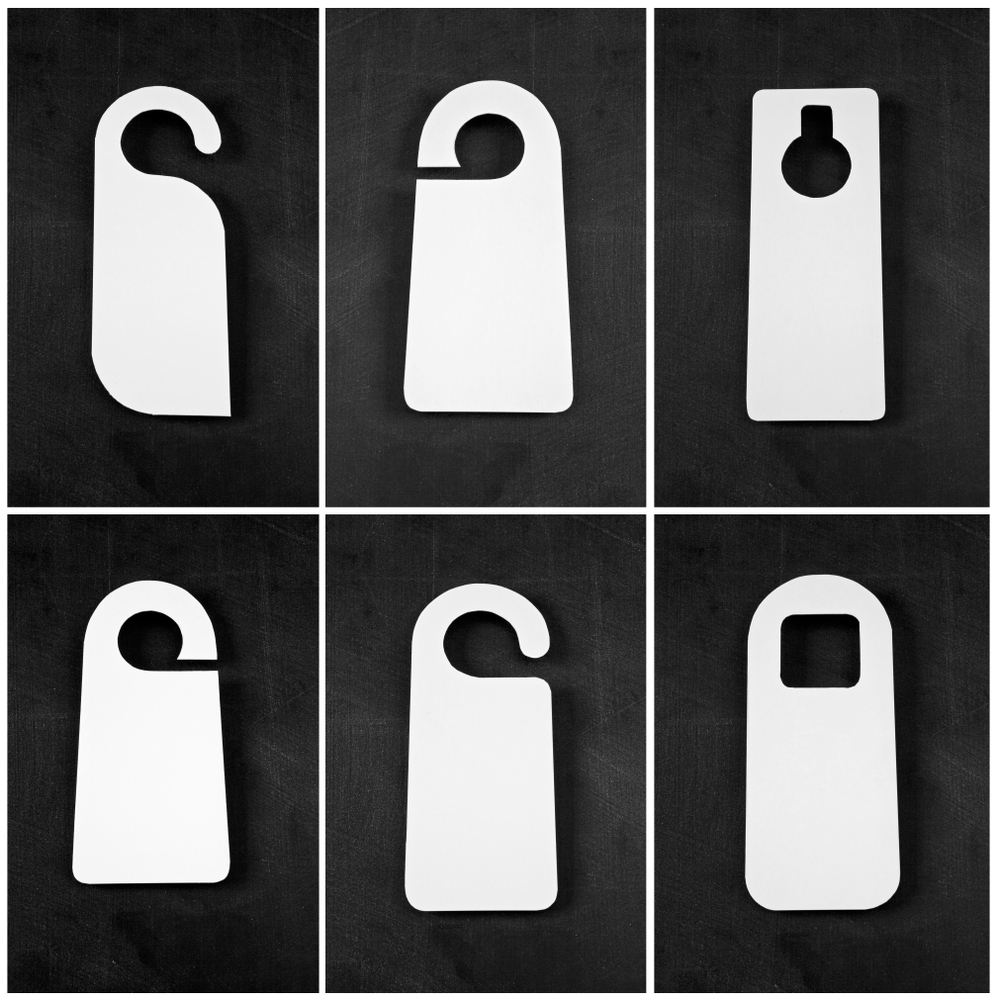The success rate of door hanger marketing campaigns can vary widely based on a range of factors, including the campaign’s design, the offer’s attractiveness, the relevance to the targeted audience, and the overall marketing strategy. Door hangers are a form of direct marketing, and like other direct marketing tools, their effectiveness can be influenced by how well the campaign is executed.
Factors Influencing Success Rate
- Target Market – Door hangers can be very effective in localized marketing campaigns where the target audience is well-defined and the distribution is focused on a specific geographic area. Their success rate tends to be higher in communities where residents are more likely to engage with local businesses or services.
- Design and Message – The design and clarity of the message on the door hanger play roles. An eye-catching design and a clear, compelling call to action (CTA) can significantly increase engagement rates.
- Offer – The success of a door hanger campaign often hinges on the attractiveness of the offer. Exclusive discounts, promotions, or valuable information relevant to the recipient can improve response rates.
- Timing – The timing of the distribution can affect the success rate. Aligning the distribution with the time when the target audience is most likely to need the product or service can lead to higher engagement.
Measuring Success
- Response Rate – Traditionally, response rates for door hanger campaigns can vary, with figures anywhere from less than 1% to around 2-3% considered in the range of normal, depending on the industry and the specific goals of the campaign. For very targeted campaigns with a compelling offer, the response rate could be higher.
- Conversion Rate – Beyond the initial response, the conversion rate—how many of those responses turn into actual sales or leads—is a critical measure of success.
Strategies to Improve Success Rate
- Segmentation and Targeting – Carefully select neighborhoods or areas that match the profile of your target market.
- Testing and Optimization – Test different designs, messages, and offers on smaller scales before rolling out a larger campaign. Use feedback and results to optimize the campaign.
- Integration with Other Marketing Efforts – Combining door hanger campaigns with other marketing efforts, such as social media or email marketing, can reinforce the message and improve overall success rates.
Conclusion
While it’s challenging to pinpoint an exact “success rate” for door hangers due to the variability in goals, industries, and execution, they can be an effective marketing tool when used correctly. Success depends on a combination of targeting the right audience, delivering a compelling message, and offering real value. With proper strategy and execution, door hangers can achieve notable engagement and conversion rates, especially in local marketing campaigns.





